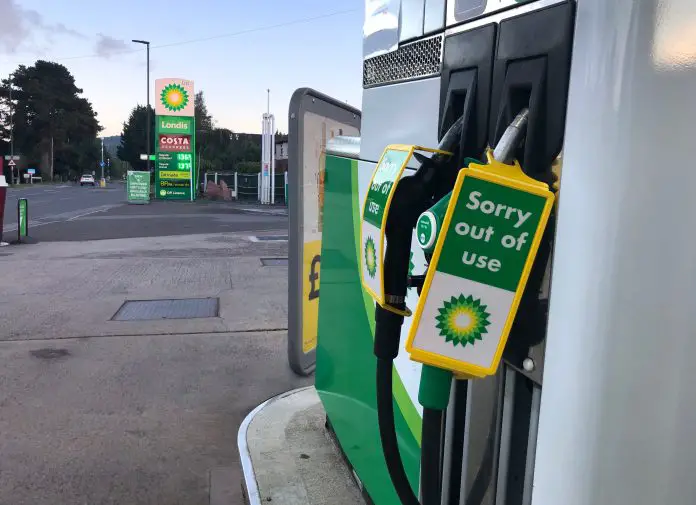Does E10 fuel damage engines? In this ultimate guide, we will look at what E10 Fuel is, the damage it can cause and if your car is compatible with the latest petrol variant.
The concerns surrounding global warming have been present for decades but in recent years it is becoming increasingly obvious that in order to take better care of our planet, we need to make changes.
In an effort to cut back on car emissions and ensure that our cars are more eco-friendly, many governments around the world have already introduced e10 fuel as a replacement for the current standard, E5.
In the U.S, E10 has been used since 1990 and makes up the vast majority of petrol sold in the country. As of September 2021, the UK also began introducing E10 with the goal of making it the new standard.
However, about 5% of petrol cars are not compatible with the new fuel due to the increased levels of ethanol in E10. Read on as we deconstruct the nature of E10 fuel and car compatibility. But most importantly, does E10 fuel damage engines or can it be safe to use regularly?
What Is E10 Fuel Exactly?
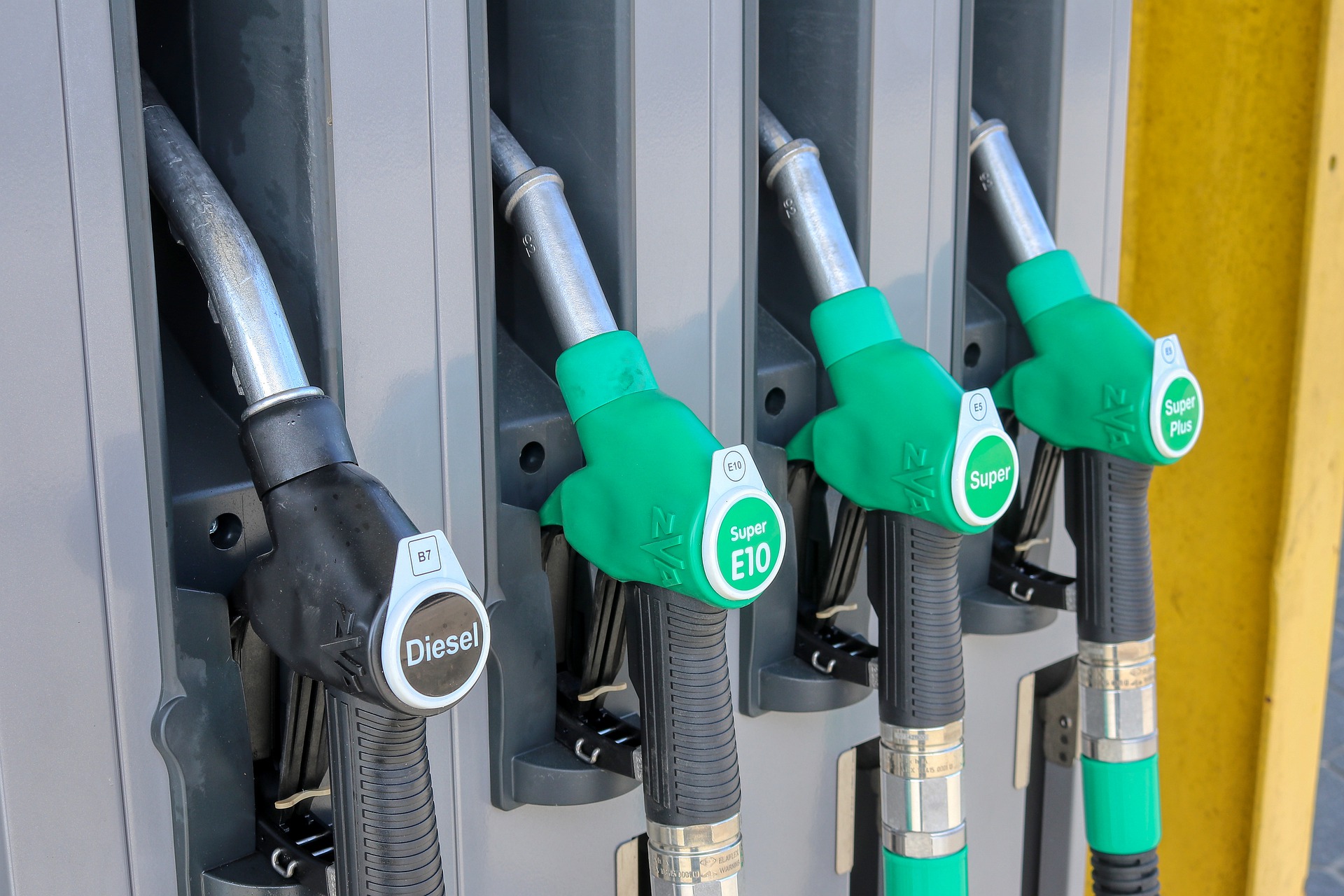
The standard petrol type in the UK up until September 2021 was E5, a petrol that contained 5% renewable ethanol. E10, as its acronym suggests, contains 10% renewable ethanol made from materials including sugars, low-grade grains, and waste wood.
Ethanol is a fuel that absorbs excess CO2. Therefore, when petrol is blended with 10% instead of 5% ethanol, more CO2 is absorbed, thereby reducing the amount of emissions produced by cars.
To be precise, 750,000 metric tonnes of emissions can be averted yearly with this switch (that’s equivalent to taking about 350,000 cars off the roads). E10 petrol is associated mainly with improving overall CO2 emissions.
While E10 has many benefits for the environment, which is a great thing, there are some instances where this type of petrol should be avoided.
What Damage Can E10 Fuel Cause?
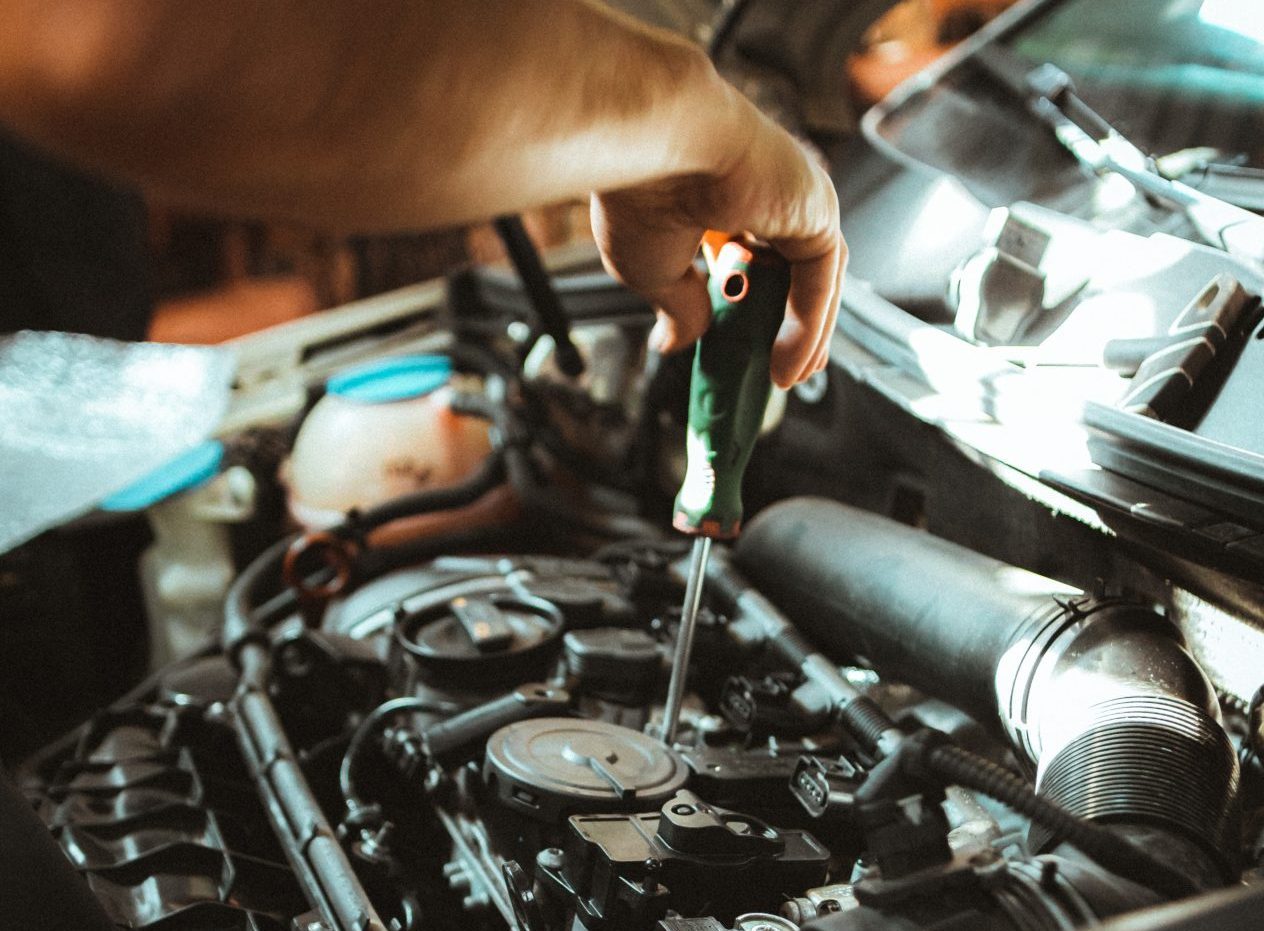
So, does E10 fuel damage engines? About 95% of petrol cars are compatible with E10 petrol. Cars manufactured in 2011 and onwards have been manufactured to be compatible with E10. In these cars and also many others, E10 fuel is completely safe to use.
Countries like the U.S., Canada, Australia, France, and Germany, among others, have been using E10 fuel for some time now.
However, there are a number of cars that are incompatible with E10 petrol, especially older vehicles.
Cars manufactured before 2002, especially those with smaller engines, have reported some problems with using E10 fuel. Due to its higher concentration in ethanol, which is an alcohol, there are instances where the engines in older cars aren’t built to sustain alcohol and therefore experience corrosion.
Additionally, if water enters the tank and mixes with the ethanol, this mixture separates from the fuel and sinks to the bottom of the tank – if you ever bring yourself to driving your car way down low on reserve, that mixture enters the engine and does no good at all.
Using E10 petrol for these older cars is not advisable however you drive them as the increased ethanol has proven to be corrosive to gaskets, metals, plastics, rubber parts, and seals.
This could cause engine damage in older vehicles by dislodging deposits and causing blockages. In order to avoid engine damage, these cars should continue using E5 fuel.
Which Cars Are Not Compatible With E10 Fuel?
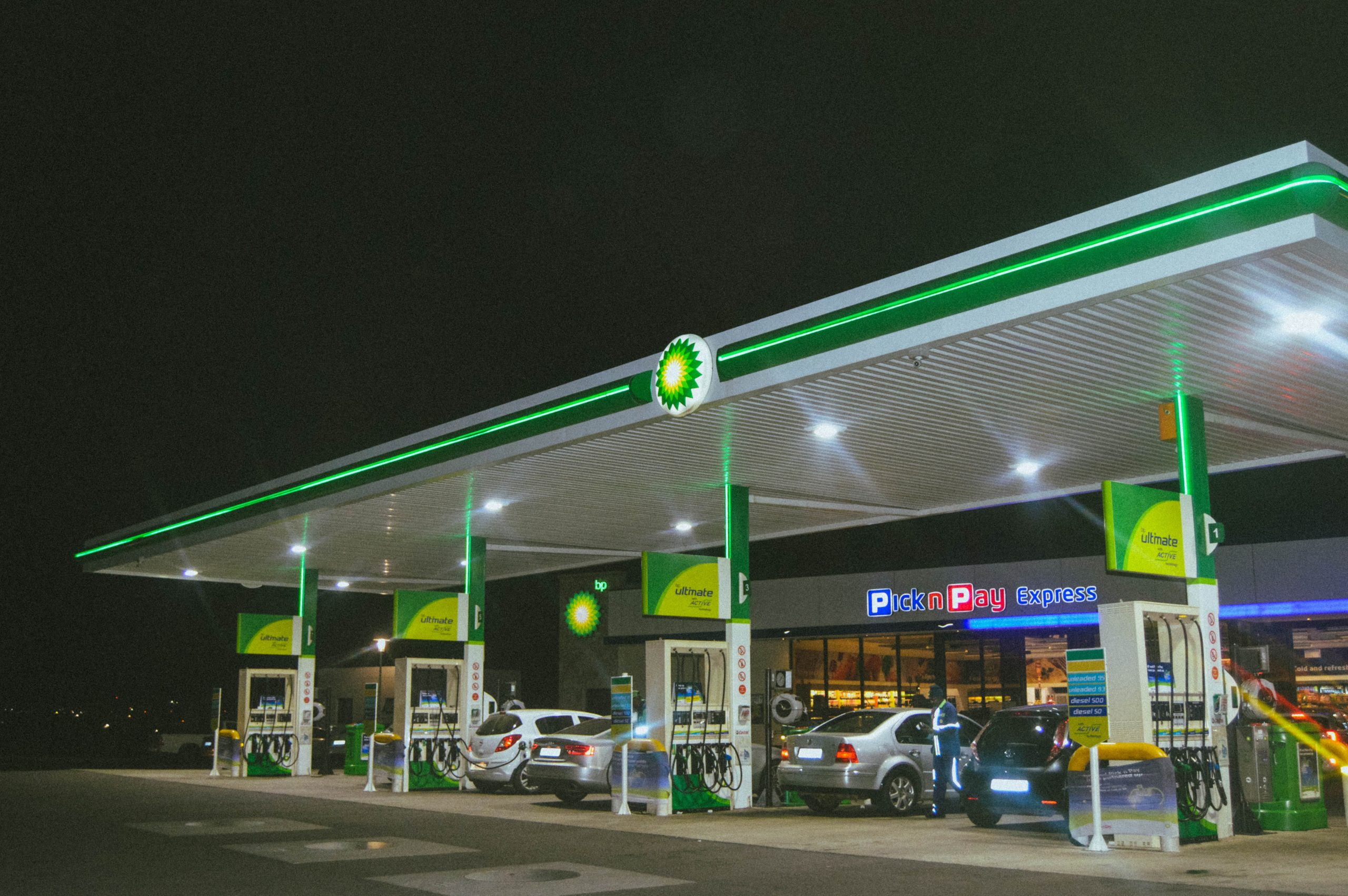
It should go without saying that diesel and electric cars are not compatible with E10 petrol.
However, vintage cars also can’t deal with the eco-friendly stuff. However, when have these classics ever been friendly when it comes to fuel or indeed anything else? These beauties are to be admired and to be lusted after, not utilitarian vehicles to take Greta Thunberg to the next climate conference.
It is not just classics that pose an issue. There are some specific models of cars made in the early 2000s and mopeds with an engine of 50cc and under that are also not compatible with E10.
The UK government has created an online tool where you can check the compatibility of your vehicle with E10 by searching its manufacturer on the list.
If you do not see your model listed, it is advised that you check your vehicle’s manual, as well as inside the fuel filler cap. If you are still unsure whether your car is compatible, it is advised that you use E5 petrol.
Overall, there are definitely risks for specific models of cars using E10. However, the vast majority of petrol vehicles on the road should find no problem with it.
What Happens If You Mix E10 Petrol With E5?
It is perfectly acceptable to mix the two types of fuels together, as long as your car is compatible with E10. Mixing E10 with regular or premium unleaded is allowed and should not cause any damage to your engine.
It is, however, advisable to stick to E10 if and where it is available in order to retain the integrity of ethanol present in the fuel.
What Happens If You Put E10 Into an Uncompliant Car?
If you’ve already put E10 petrol in your car and then suddenly realise, to your great dismay, that it is not compatible with your vehicle, then whatever you do, don’t panic!
Filling your tank with E10 once should not cause any major problems with your engine or vehicle. You do not need to drain your tank, as is the case if putting petrol in a diesel tank or vice versa.
Next time you are at the petrol station just make sure you fill your car with E5 petrol. Crisis averted!
If you fill your incompatible tank with E10 consistently, there may be serious risks to your vehicle’s engine in the long run. It is not recommended to continue using E10 over a long period of time if your vehicle is not on the list of compatible vehicles outlined by the government.
Does E10 Affect Performance?
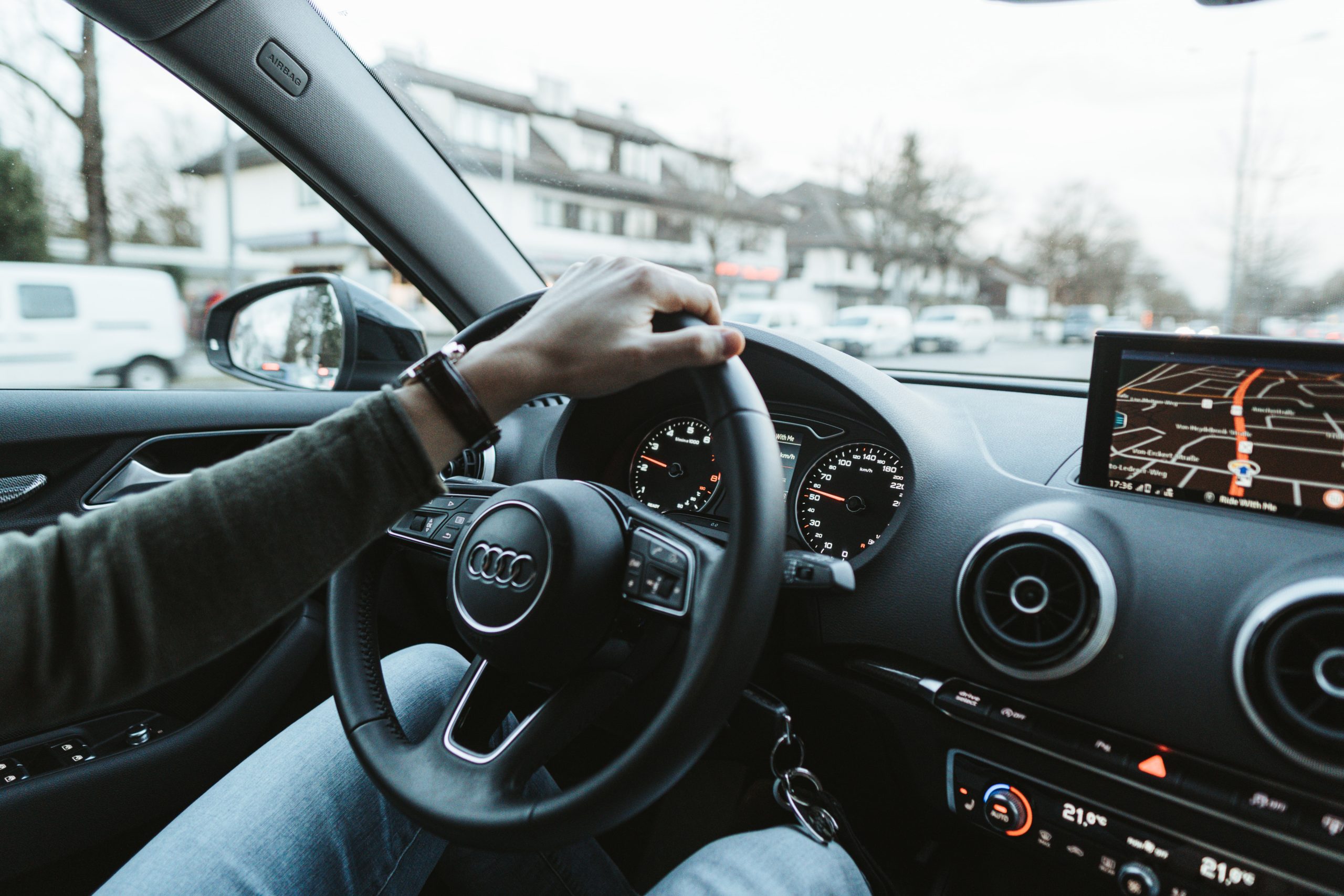
Overall, E10 does not affect the performance of your car. The UK government does report, however, that there may be a 1% decrease in fuel economy. In comparison to driving style methods and driving with tyres that are under-inflated, this number is very low.
However, smaller-engined cars manufactured before 2002 have reported that they are filling up more often, thereby defeating the fuel-economy purpose of a small-engined car.
How Do You Ensure Maximum Fuel Economy?
Although E10 fuel does carry the possibility of decreasing your fuel economy by 1%, there are far worse culprits in this arena. In order to ensure maximum fuel economy there are a couple of things you can remember:
Don’t Idle
Idling for too long is not only illegal but it also drains considerable fuel from your car. Make sure you are never idling for longer than a few minutes at a time.
Check Your Tires
Tires that are not properly inflated are the most common way to lose out on fuel economy. Make sure you are checking your tire pressure monthly.
Keep the Momentum
When driving, try not to be starting and stopping too much. Driving smoothly and keeping the momentum preserves fuel. I know this is easier said than done in some places but… try.
Don’t Keep Your Car Packed
Remove all unnecessary belongings from your car. The heavier your car, the more fuel it uses to run. Take that gym bag with all your heavy equipment out when you can or any other junk in your boot! If you want to go on a diet to go green, that’s entirely up to you.
Service Your Vehicle Regularly
Keeping on top of your service schedule is a must for fuel-efficiency. A simple oil, oil filter and fuel filter change known as an interim service can be enough to keep your engine running at optimal MPG.
FAQs
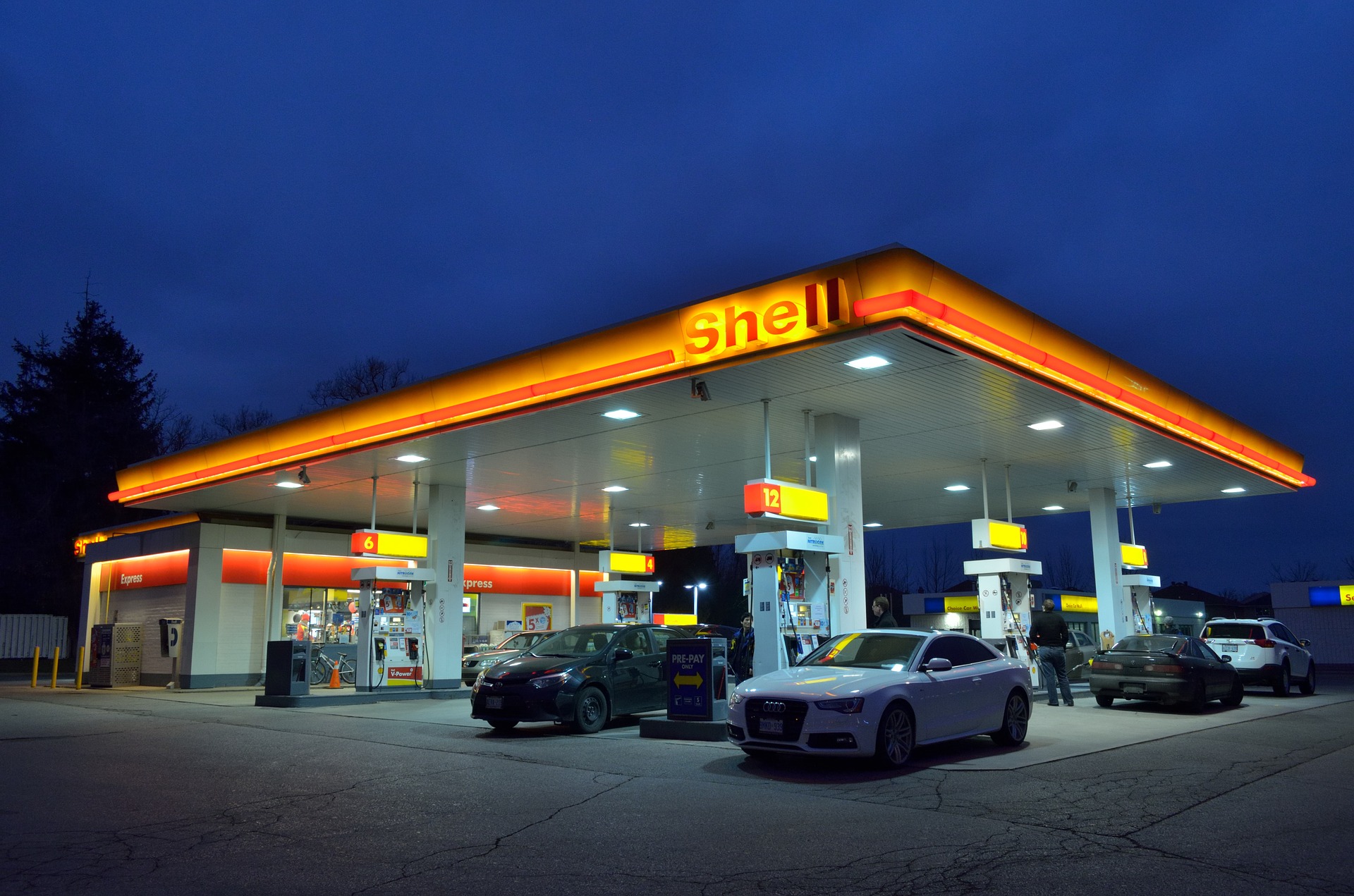
When is E10 Coming Out in the UK?
E10 was officially introduced as the standard grade of petrol in the UK in September 2021 and is already available at most petrol stations in England, Scotland and Wales.
It is expected to come to Northern Ireland in the early months of 2022, depending on legislative approval.
It is possible that some rural petrol stations may only have access to either E5 or E10 fuel.
What Does The E10 Label Look Like?
Spotting E10 fuel at your local petrol station is simple! The label is a simple circle with E10 written in the middle – it looks exactly like the E5 symbol. It is located on both the nozzle and the petrol dispenser.
Cars that are manufactured from 2019 and onwards should also have the E10 label close to their filler cap.
Does Using E10 Fuel Affect Your Ability to Drive in Ultra-Low Emission or Clean Air Zones?
Your eligibility to drive in ultra-low emission zones or clean air zones has nothing to do with whether you use E10 fuel or not. It is determined by your car’s Euro emissions standard. You may still be required to pay to enter one of these zones regardless of your fuel use.
Conclusion

It may sound like a big and scary change, but E10 fuel has been around in many countries for decades and its use in the UK should be just as smooth.
Does E10 fuel damage engines? When picking which fuel to use in your car, it is best to consult your vehicle manual, fuel filler cap, and the UK government’s online tool in order to determine whether or not it is compatible.
Although E10 is now the standard grade of petrol, E5 will still be available at most petrol stations alongside E10, but it is slowly transitioning to only be offered in the ‘super’ grade. As such, E10 fuel will become a more cost-effective and popular option for drivers.

